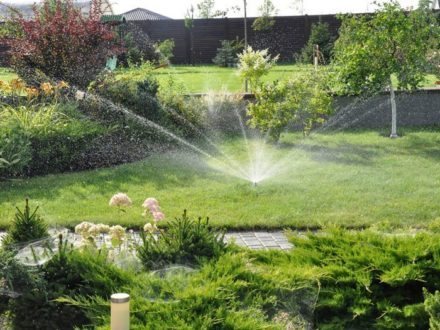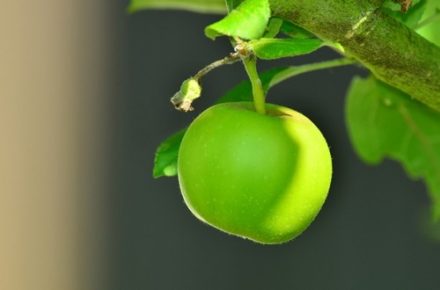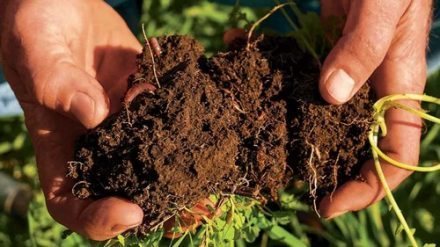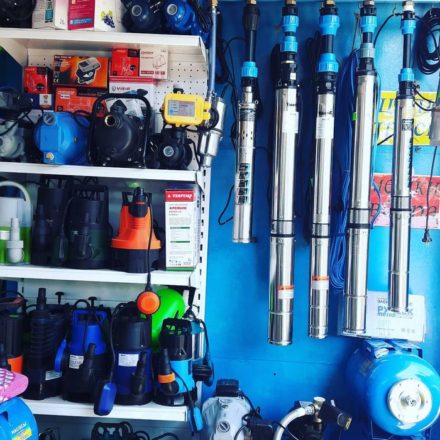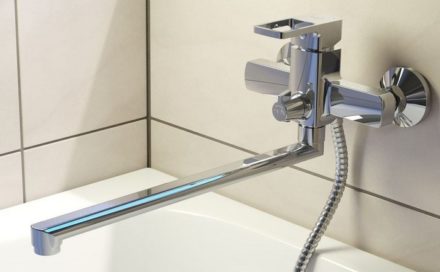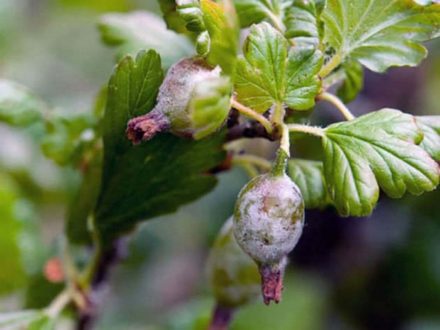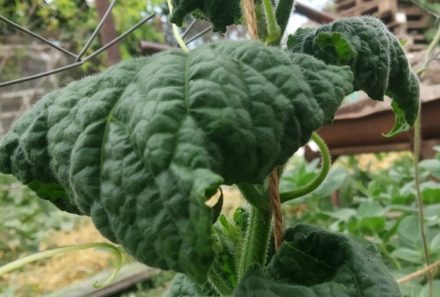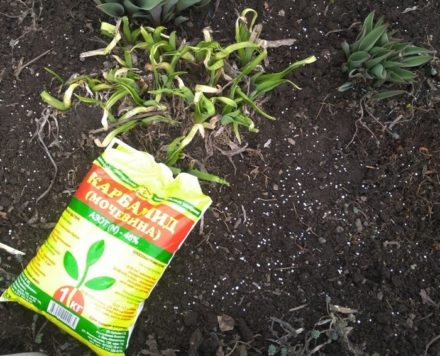Subsoil irrigation is the ability to supply moisture directly to the root system of plants. This design is gaining popularity among gardeners, as it has many advantages, the main ones being ease of watering and time saving.
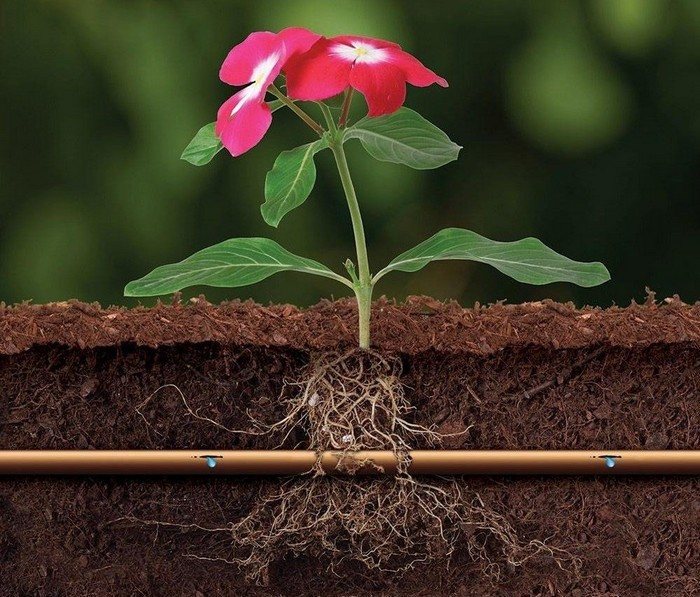
Advantages and disadvantages of underground irrigation
The peculiarity of subsoil irrigation is that the water goes directly to the roots. The advantages of the design are expressed as follows:
- The root system of plants receives the necessary amount of oxygen, since water comes from the inside and does not weigh down the top layer of soil. It is especially effective to install the system on heavy and medium soil.
- With the help of subsoil irrigation, all useful minerals remain in the soil and are not washed away.
- Water consumption is reduced by 1.5-2 times, since it does not evaporate or drain, so the soil retains moisture longer. This factor helps save on water for irrigation.
- Underground irrigation is suitable for most crops and is universal.
- The average lifespan of the system is 10–15 years; with maintenance it can be increased several times.
- By keeping the soil surface dry, the likelihood of disease and weed growth is significantly reduced. Also, loosening the soil can be done less frequently than with standard watering.
- With the help of underground irrigation, you can fertilize plants, while nutrients are delivered directly to the roots.
- Since the system is located underground, it is less susceptible to mechanical damage and does not spoil the aesthetic perception of the site.
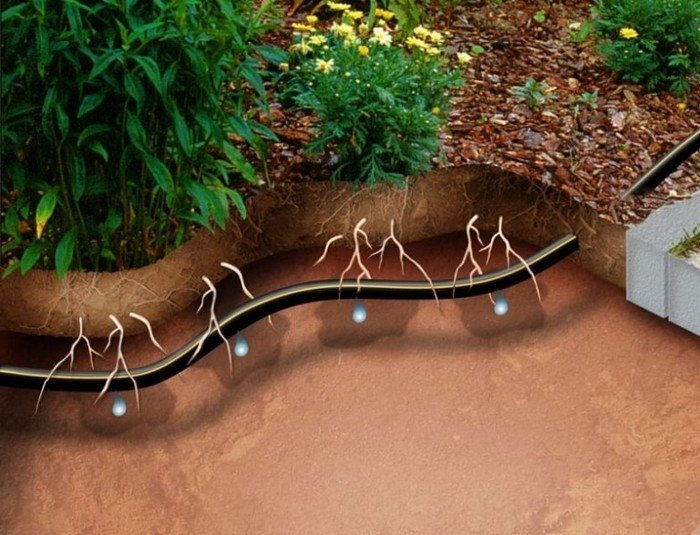
Just like other irrigation systems, subsoil pipes have disadvantages:
- Small roots can get stuck in the openings of the tubes, preventing the flow of moisture.
- For subsurface irrigation, the presence of pressure is very important, otherwise the system will not work.
- Underground insects or animals can cause significant damage to the structure.
- Damage that appears in the system is difficult to notice, and to carry out repairs, the structure must be dug out of the ground.
- Controlling soil moisture becomes more difficult as watering occurs within the soil.
- Installation of the system is quite labor-intensive and time-consuming.
Features of installation of the structure
The peculiarity of subsoil watering is that it supports the natural downward movement of roots. With standard watering, the roots begin to rise to receive more moisture. Most often, such a system is used for watering trees, shrubs and greenhouses. Also suitable for lawns and annual plants.
There are two types of subsurface irrigation:
- Vertical - water reaches the plants through pipes located on the surface. Used when growing plants are located far away.
- Horizontal - water moves through a system of pipes located at a depth of 10–70 cm.It is used in areas with a small fertile layer and in dense plantings where individual pipe installation is impossible.

When carrying out and installing the system, the first stage will be design, in which it is important to take into account the characteristics of the site:
- Sleeves and hoses are installed so that the air-vacuum pockets are at the highest point.
- The depth of the system will depend on the crops grown. For a lawn it is 10 cm, for vegetables - 30 cm, for trees and shrubs - 40–70 cm, depending on the type and age of the plant.
- The distance between the holes in the sleeves will depend on the type of soil. On loams the step will be greater than on sandy loam soil.

You can make an underground irrigation system yourself. To do this you will need the following elements:
- a source of moisture, which can be a well or a large container;
- distribution node - a surface pipe system that connects the water source and underground pipes;
- supply hoses are the main part through which water moves inside the soil. The most commonly used are drip tubes and oozing hoses;
- a pump is needed to provide pressure;
- Filters are installed at the beginning of the underground part;
- air-vacuum valves release air from the system;
- Taps are required for manual water supply.
In order for the system to be more automated and plant care to become easier, special sensors are installed. These include a water supply sensor that monitors soil moisture and opens or blocks the system. A rain sensor will also be useful, with which you can control water flow.
Installation of vertical subsurface irrigation
The vertical system is used for watering individual trees and shrubs. Most often, they require a lot of moisture, so the diameter of the hose must be at least 5 cm. Installation work together with planting is carried out in the following sequence:
- The hole for the seedling is dug 25–30 cm wider and deeper than with standard planting.
- A layer of crushed stone 20 cm thick is poured onto the bottom.
- The tube is deepened into the crushed stone by 7 cm, and it should be 10–15 cm above the soil level.
- The crushed stone around the structure is covered with cardboard and the plant is planted.
- Water is poured into the tube and closed with a plug.
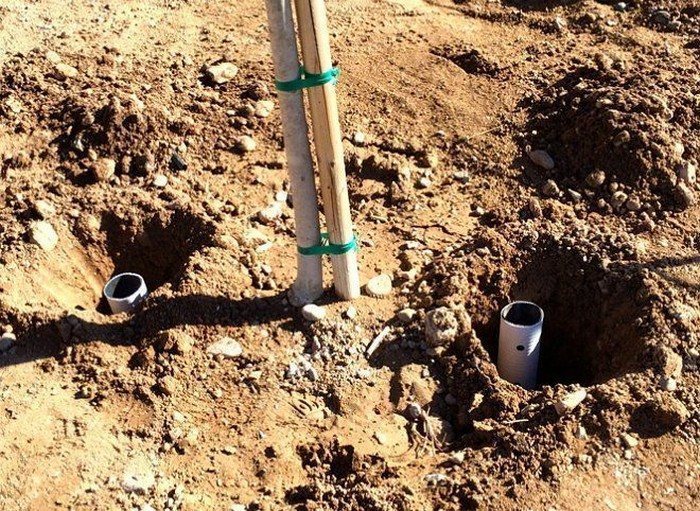
If the tree is already on the site, then installation will be carried out according to the following scheme:
- A hole up to 70 cm deep is dug or drilled next to the tree.
- The pit is filled 30 percent with crushed stone, and the tube is installed so that its upper part protrudes 10–15 cm above the ground.
- Plugs are installed on one part of the tube. It is this side that should be in the soil.
- After installation, water is poured into the system and the above-ground hole is closed.
Installation of a horizontal subsurface irrigation system
Tubes or hoses with a diameter of up to 2 cm are suitable for horizontal underground irrigation. The design is installed taking into account the following rules:
- The tubes are installed at a distance of 40–100 cm from each other. The specific size depends on the type of soil and planting density.
- Trenches for the system should be 20–30 cm deep.
- The trenches are covered with film and covered with a layer of crushed stone or expanded clay 4–5 cm thick.
- The tubes are laid in ditches, connected to a pump and a container of water.
- The structure is covered with a drainage layer of 3–4 cm, and only after that the holes are filled with soil.
- At the last stage, open the taps and check the functionality of the system.
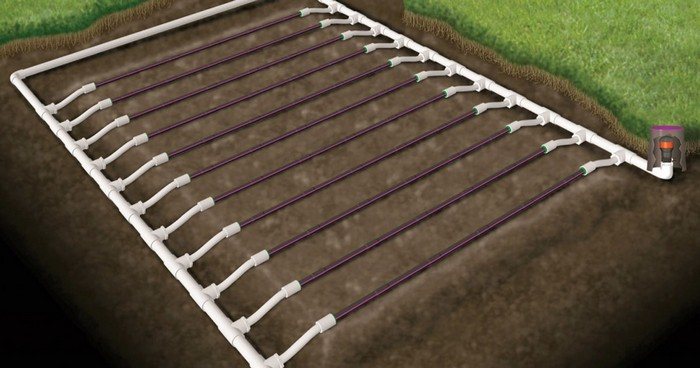
It is recommended to install the water tank at the highest place. In this case, if it is necessary to increase the pressure, it will be enough to raise the container a few centimeters.
Features of caring for an underground irrigation system
In order for the system to last as long as possible, it is necessary to care for it by performing the following preventive procedures:
- To prevent the system from clogging, the water is first passed through fine filters.
- It is necessary to periodically measure the pressure in the pipes at the points furthest from the tank and pump.
- The system requires regular flushing with clean water.
- Water consumption is monitored using a meter; if the indicators change, the system should be diagnosed.
- It is strictly forbidden to use solid fertilizers.
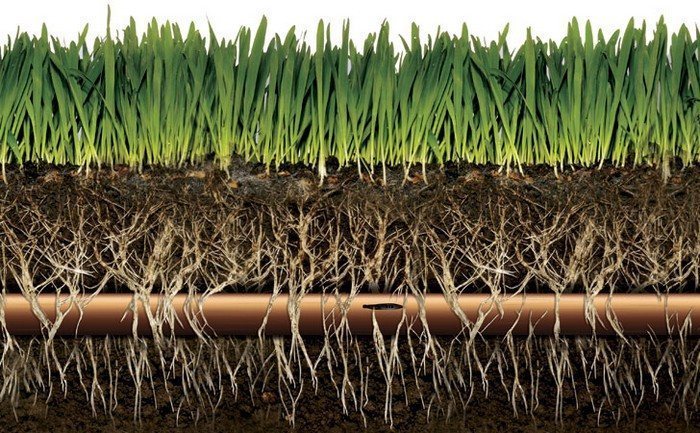
Subsoil irrigation is a modern solution for gardening and vegetable garden care. This system saves water as it goes directly to the roots, which helps reduce the number of weeds. Also, with proper installation of irrigation and the use of sensors, the entire process occurs automatically and without human intervention.


